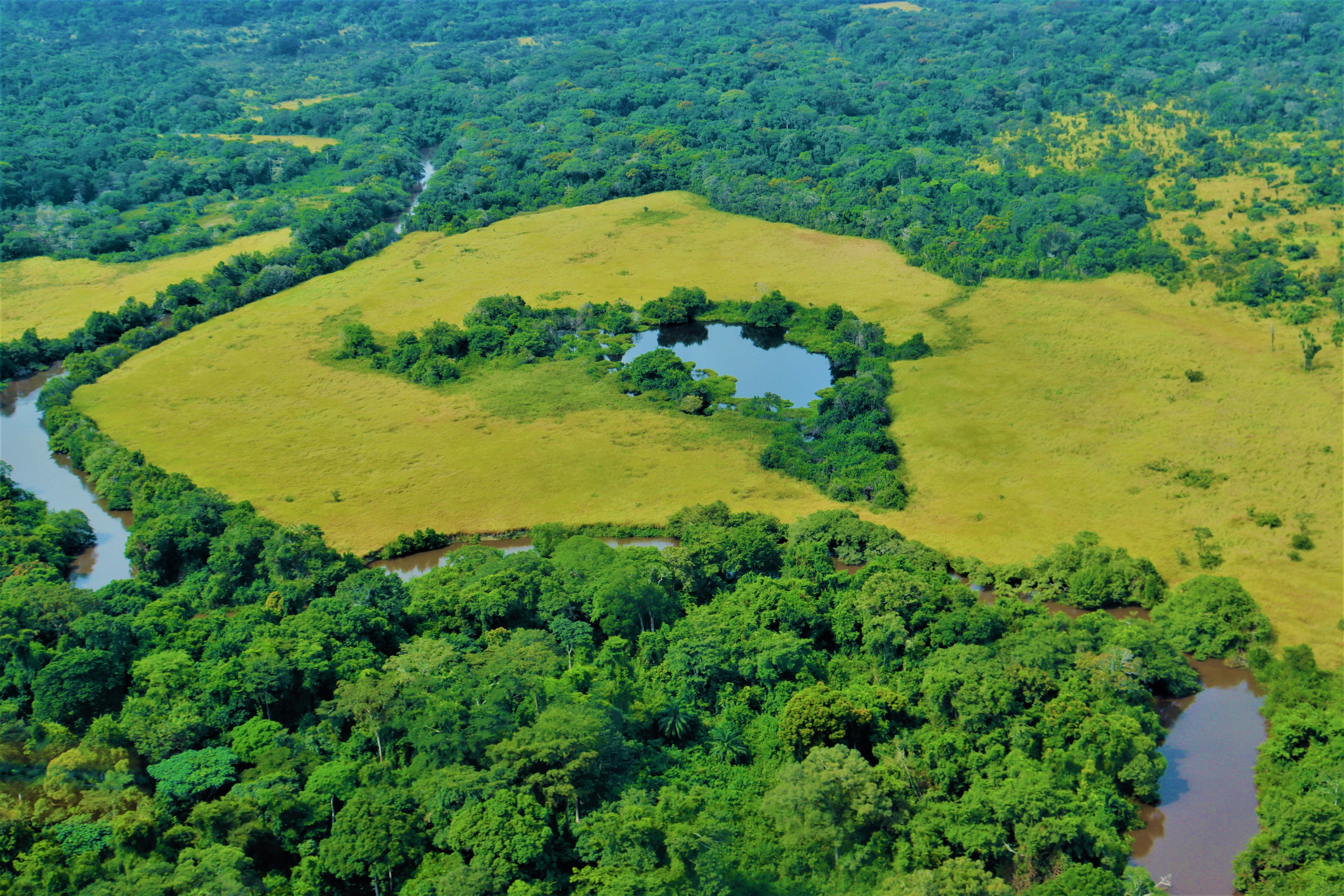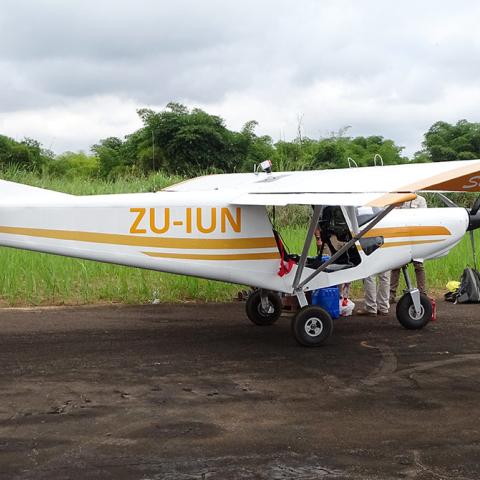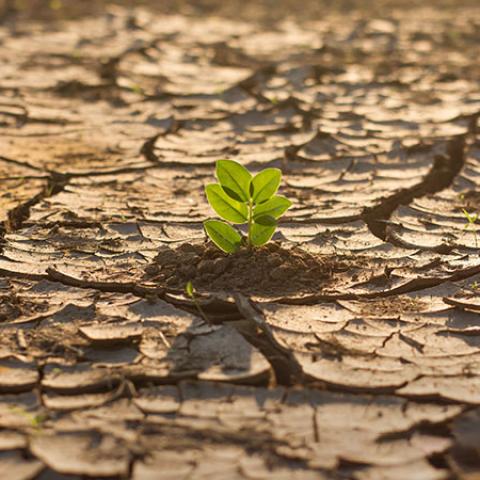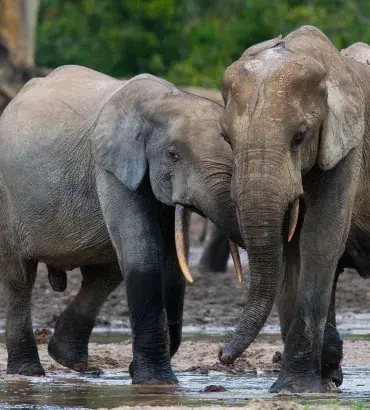Bili-Uele

The Bili-Uele Protected Area Complex stretches over 40,000 square kilometers and hosts significant populations of Eastern chimpanzees and forest elephants. Because this area makes up part of the Congo Basin rainforest—a vital global carbon sink, which sequesters more carbon than the Amazon—it is critical for conservation. But the country’s wildlife authority has struggled to effectively protect and manage Bili-Uele due to a dire lack of resources and the extraordinary remoteness of this landscape.
We’ve partnered with the DRC’s wildlife authority (the Institut Congolais pour la Conservation de la Nature, or ICCN) in the Bili-Uele Protected Area Complex since 2016. This work has been primarily supported by the European Union under its ECOFAC 6 Preserving Biodiversity and Fragile Ecosystems in Central Africa Programme.
Our comprehensive approach addresses the range of challenges and opportunities in the landscape, where we uphold a firm commitment to human rights:
- Supporting law enforcement
- Investing in protected area infrastructure
- Developing sustainable livelihoods
- Creating incentives for sustainable community practices
- Monitoring wildlife
Infrastructure Support
When necessary, we invest to ensure park personnel have access to essentials like operating bases, offices, water supply, electricity, roads, airstrips, and radio systems. This helps protected-area managers respond quickly and efficiently to incursions and other threats to wildlife and habitat.

Climate Change
Africa is key to addressing climate challenges, and protecting nature is an important part of delivering on global adaptation and mitigation goals. By placing nature and conservation values at the core of economic transformation, Africa can lead the way to a more sustainable future through green economies that decouple economic growth and resource consumption. This is important for the long term, as under business-as-usual scenarios Africa is poised to become a much greater carbon emitter. More important, though, is the urgency of delivering climate-resilient pathways to growth for communities on the front lines of the effects of climate change. This means helping them use nature-based solutions to adapt to instability caused by extreme weather, drought, and changing planting zones.
Conservation activities like agroforestry, reforestation, and sustainable land-use planning build community resilience to the effects of climate change and can help to sequester carbon. These activities also deliver other benefits, such as increasing food security, promoting healthy soil, and reducing poverty. Building biodiversity-positive economies and supporting sustainable livelihood training and payment for ecosystem services helps communities sustainably manage forests, watersheds, and the other natural systems we need to survive in the face of climate change.
AWF pursues a range of climate adaptation interventions on the ground across our landscapes, including in the DRC, Cameroon, and Rwanda. This work informs our engagements with leaders at the national, continental, and global levels, where we promote solutions to climate change and build networks that scale our climate message.

Negotiating Space for Wildlife
In approaching landscape-level conservation, we identify targets ranging from the number of endangered species in a landscape to the presence of ecosystem services like clean water. How those targets are distributed guides how the landscape is divided into functional zones—with solutions shaped by communities and other stakeholders through collaborative planning. Locally-led solutions are key to stabilizing and increasing wildlife populations in the long term.
Using data from patrols, ecological monitoring, remote sensing, and satellite imagery, we develop land-use models and apply geographic information systems (GIS) to help local people make sustainable decisions about how to use the land, from conservation planning to development choices. This way, communities reap the rewards of nature without overexploiting it, and both people and wildlife have the space they need to thrive.

Pagination
- Page 1
- Next page

